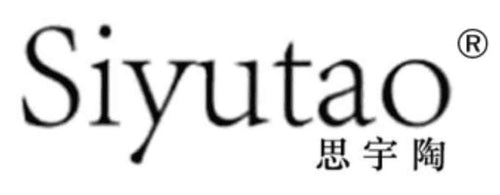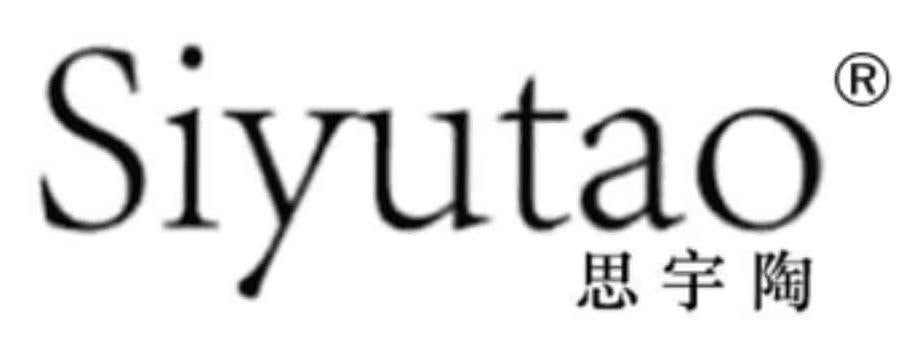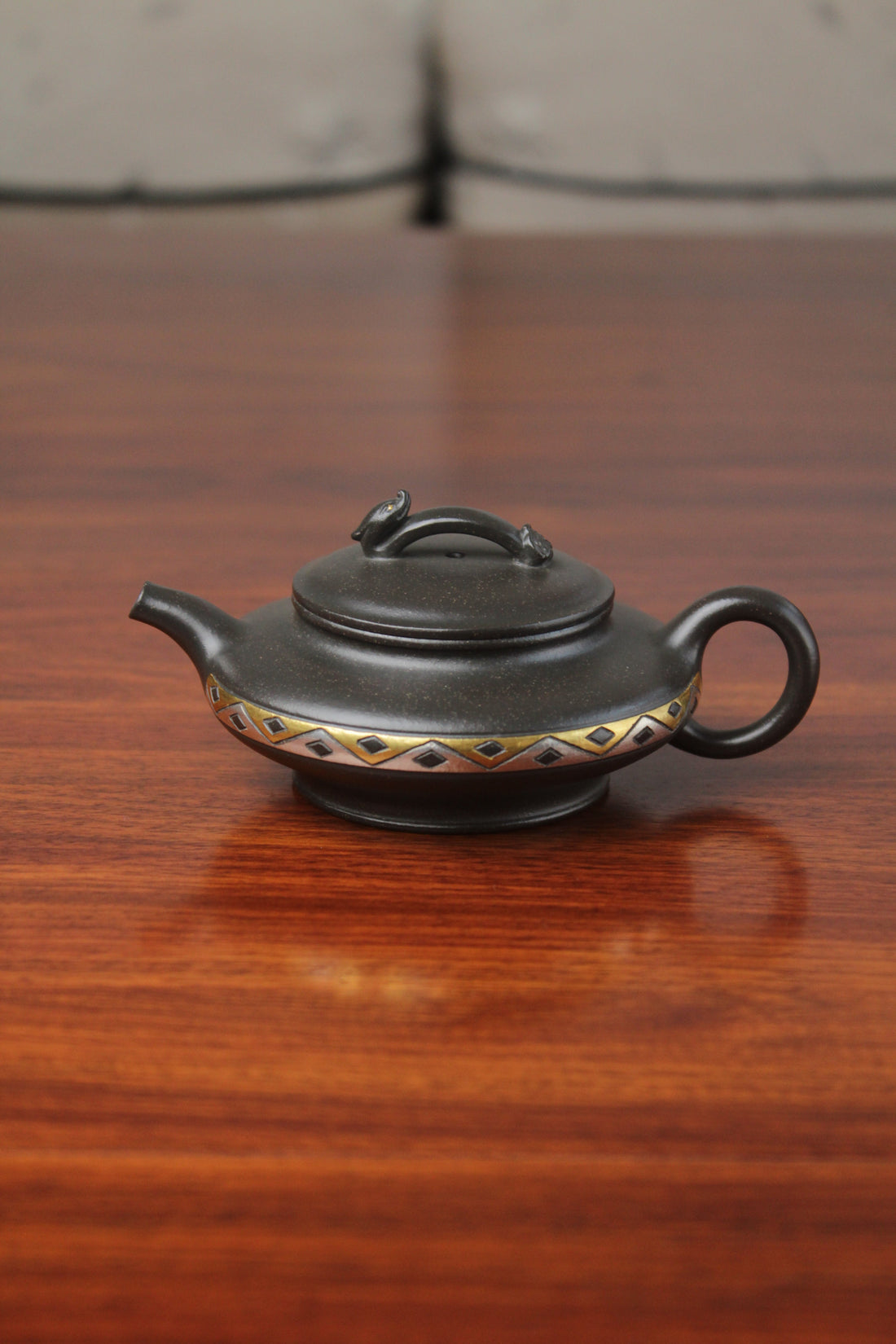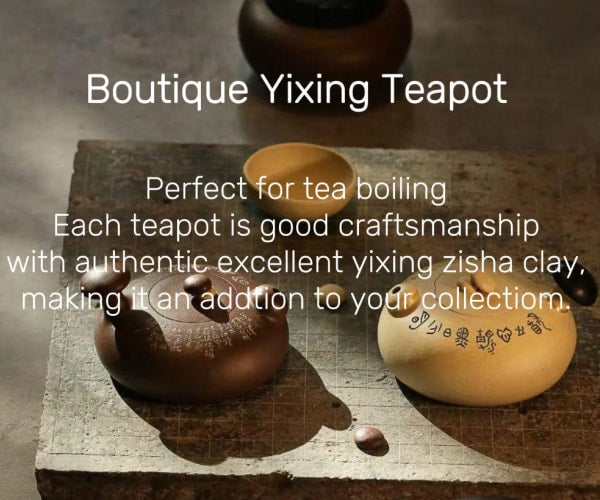Why Are Chinese Teapots So Small?
Unlike the large Western teapots designed for serving multiple cups at once, Chinese teapots often hold just 50–200 milliliters of liquid. The answer lies in a harmonious blend of cultural philosophy, practical engineering, and centuries of tea-drinking wisdom. Let’s explore the fascinating reasons behind their petite size.

1. The Art of Gongfu Tea: Precision Over Quantity
The term Gongfu (功夫) translates to “skill cultivated through effort,” and this philosophy defines China’s tea culture. Small teapots are essential for brewing teas like oolong, pu’er, or rock tea (yancha), which require precise control over water temperature, steeping time, and tea-to-water ratios.
-
Multiple Infusions: High-quality Chinese teas are prized for their ability to yield 6–10 flavorful brews. A small teapot allows gradual extraction of nuanced flavors—floral, mineral, or roasted notes—without oversteeping.
-
Concentration and Balance: Less water means the tea leaves (often tightly rolled or compressed) unfurl optimally, releasing layers of aroma and avoiding bitterness.

2. Material Science: How Size Enhances Function
Chinese teapots are often made from porous clay, such as Yixing’s purple clay (zisha), which interacts with tea over time. Smaller vessels maximize these materials’ unique properties:
-
Heat Retention: Compact teapots retain heat efficiently, crucial for teas needing high temperatures (e.g., aged pu’er). Their reduced surface area slows cooling.
-
Breathability: The clay’s microporous structure allows gentle oxidation during brewing, mellowing harsh tannins. A small size ensures even heat distribution and quicker “seasoning” of the teapot’s interior.
3. Cultural Rituals: Intimacy and Connection
In China, tea drinking is a social ritual steeped in mindfulness. A small teapot facilitates:
-
Shared Experience: The host repeatedly refills guests’ tiny cups, symbolizing hospitality and attentiveness. Each pour becomes a moment of connection.
-
Aesthetic Appreciation: Miniature teapots, often intricately carved or shaped like animals or plants, reflect Confucian ideals of harmony between humans and nature. They are meant to be admired, touched, and “nurtured” over time.
4. Historical Evolution: From Cauldrons to Miniature Masterpieces
Early Chinese tea utensils were large—think Tang Dynasty (618–907) cauldrons for boiling tea bricks. The shift to small teapots began in the Ming Dynasty (1368–1644) when loose-leaf tea replaced powdered tea. Scholars and artists embraced smaller vessels to suit the new brewing style, aligning with the era’s minimalist aesthetics.
5. Practicality Meets Sustainability
Small teapots aren’t just poetic—they’re pragmatic:
-
Economical Use of Tea: High-quality teas are expensive; small pots minimize waste while maximizing flavor.
-
Portability: Compact designs made them ideal for travelers and scholars in ancient times, a tradition upheld by modern tea enthusiasts.
Not All Teapots Are Tiny!
It’s worth noting that China’s diverse tea traditions also use larger vessels. For example:
-
Glass teapots for green tea showcase leaves dancing in water.
-
Cast-iron tetsubins (adopted from Japan) brew herbal blends.
-
Ceramic “grandpa style” mugs let tea drinkers steep leaves directly in hot water.
Conclusion: Small Size, Infinite Depth
The modest scale of Chinese teapots embodies a profound truth: greatness often lies in subtlety. These tiny vessels are tools for mastering time, temperature, and human connection—an invitation to slow down and savor life’s fleeting joys. Next time you see a palm-sized Yixing teapot, remember: it’s not just a container; it’s a 1,000-year-old conversation between nature, art, and the art of living well.



